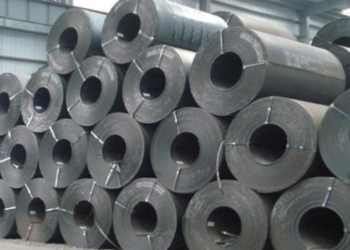Bureau Veritas (BV) announced the release of its new structural rules for steel ships, NR467. The new rules build on extensive hydrodynamic simulations as well as insight into hydrodynamics and structures.
The new NR467 rules, which address the safety requirements for the structural assessment of sea-going ships, replace the rules issued in 2000, and comprise significant changes that will benefit shipyards and shipowners.
[smlsubform prepend=”GET THE SAFETY4SEA IN YOUR INBOX!” showname=false emailtxt=”” emailholder=”Enter your email address” showsubmit=true submittxt=”Submit” jsthanks=false thankyou=”Thank you for subscribing to our mailing list”]
These include increased clarity and transparency in the parameters used for formulas to support a better understanding of the rules and of the physical phenomena taken into account by shipyards and designers.
The advanced concept of Equivalent Design Waves (EDW) was extended to the structural assessment of all types of sea-going ships, taking into account the latest developments in our understanding of key physical processes and hydrodynamics.
New hydro-structure coupling tools have been used to validate the choice of the Equivalent Design Waves and the correct combinations of design loads. It is now proven that these waves are sufficient to maximize the structural response at any location on the ship. This improves the definition of loads and scantling requirements, enabling the rules to be more accurate when combined with the associated new formulas and increased computational capabilities for extreme storms and fatigue condition assessments.
In tangible terms, this now enables shipyards to improve the distribution of the steel weight, leading to better performance and potential cost savings for shipowners
said BV.
These new rules also harmonize the steel ship rules for all ship types, providing a consistent framework for designers and shipyards to apply to all vessels. BV has also standardized its rules in line with the International Association of Classification Society (IACS) requirements for all strength matters, such as design principles, the Equivalent Design Wave (EDW) approach and scantling requirements, amongst others.
Modern technologies have enabled us to develop modern class rules and standards fit for a fast-evolving shipping industry. Today, we are proud to issue our new Steel Rules, which represent an important milestone in their integration of the latest developments in digital technology, as well as a major tool that will support shipyards and shipowners as they develop the safe, efficient and sustainable fleets that are needed today and tomorrow
said Laurent Leblanc, Senior Vice President Technical & Operations at Bureau Veritas Marine & Offshore.

































































